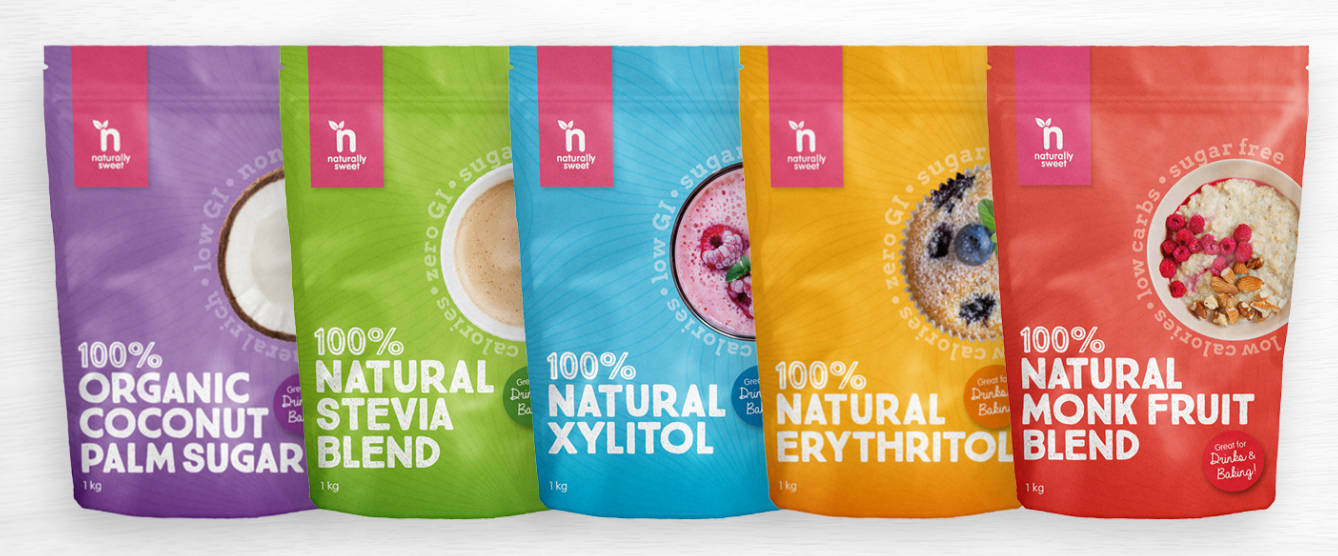Cooking With Xylitol
For regular monthly recipes, check out our Blog here.
This page is courtesy of Karen Edwards, Nutitionist and author of "Sweeten Your Life The Xylitol Way"
Over the years that I have been recommending and using xylitol, many people have had questions about how to use it as a substitute in recipes that use refined sugar as a major ingredient. Even though xylitol can be used one-for-one in most recipes, there are some exceptions to this rule that may be required. In general, I start out by using the same amount of xylitol as sugar the first time I make a recipe, and then adjust the amount upward or downward according to my taste preference. In many cases, I have found that I can use a smaller quantity of xylitol because of its slightly cooling effect on the palate. If the recipe calls for eggs and/or flour, I can usually begin by using the same amount of xylitol and be "in the ballpark".
Tip #1 - Sweets
In the case of candies, fruit preserves and jams, and syrups, I begin with approximately half as much xylitol as the amount of sugar called for in the standard recipe. Then I use taste testing as I proceed in developing the modified recipe to attain the desired balance necessary to provide sufficient sweetness to mimic the standard recipe. Sometimes this takes several tries, and other times I hit the mark on the first try if I am lucky. The amounts of ingredients may be required to be adjusted because of the difference in the volume of xylitol used as opposed to the volume of sugar called for in a given recipe. In addition, because xylitol tends to crystallize in some recipes of this type when stored under refrigeration, I always add a small amount of xanthan gum to the xylitol prior to adding it to the recipe. The xanthan gum greatly reduces the probability of this crystallization occurring.
Tip #2 - Brown Sugar Replacement
Xylitol can also be used to replace dark or light brown sugar by adding a sufficient amount (usually 1 to 2 tsps per cup of xylitol) of molasses or maple flavorings in proportion to the amount of xylitol and according to your taste preference.
Tip #3 - Baked Goods
In baked goods that require yeast to make the dough rise, xylitol cannot be used because it is anti-fungal, but it can be used in a glaze or as a filling for the recipe. This property is beneficial, on the other hand, because it acts as a preservative, greatly increasing shelf life without the addition of artificial preservatives.



